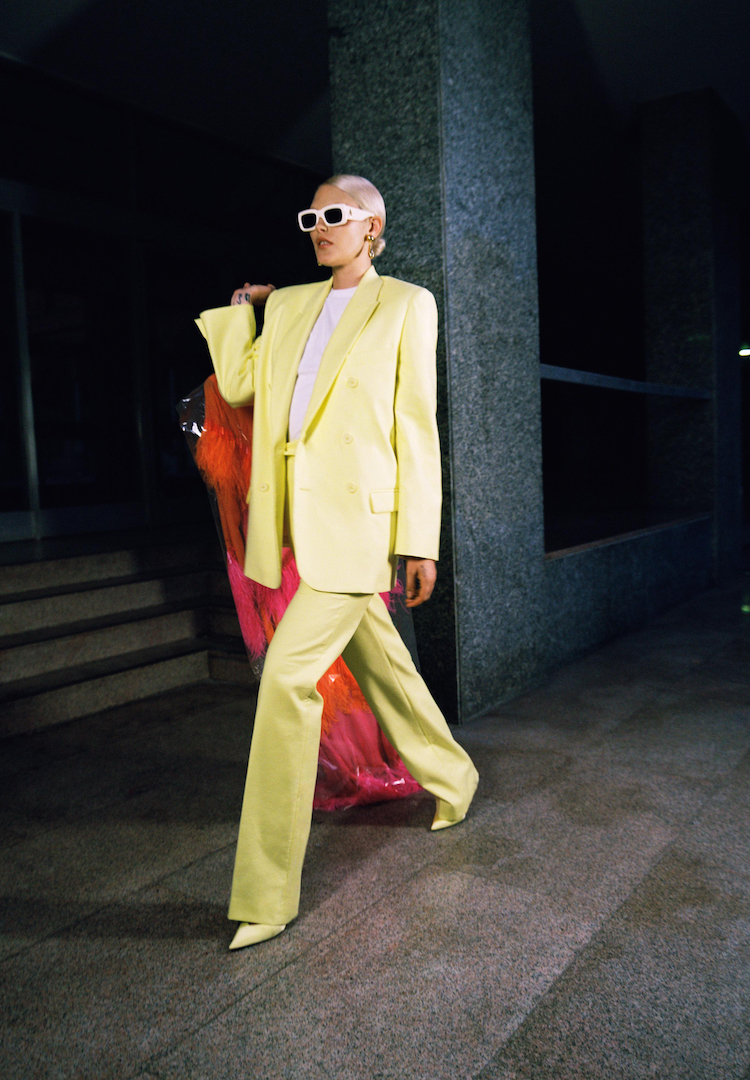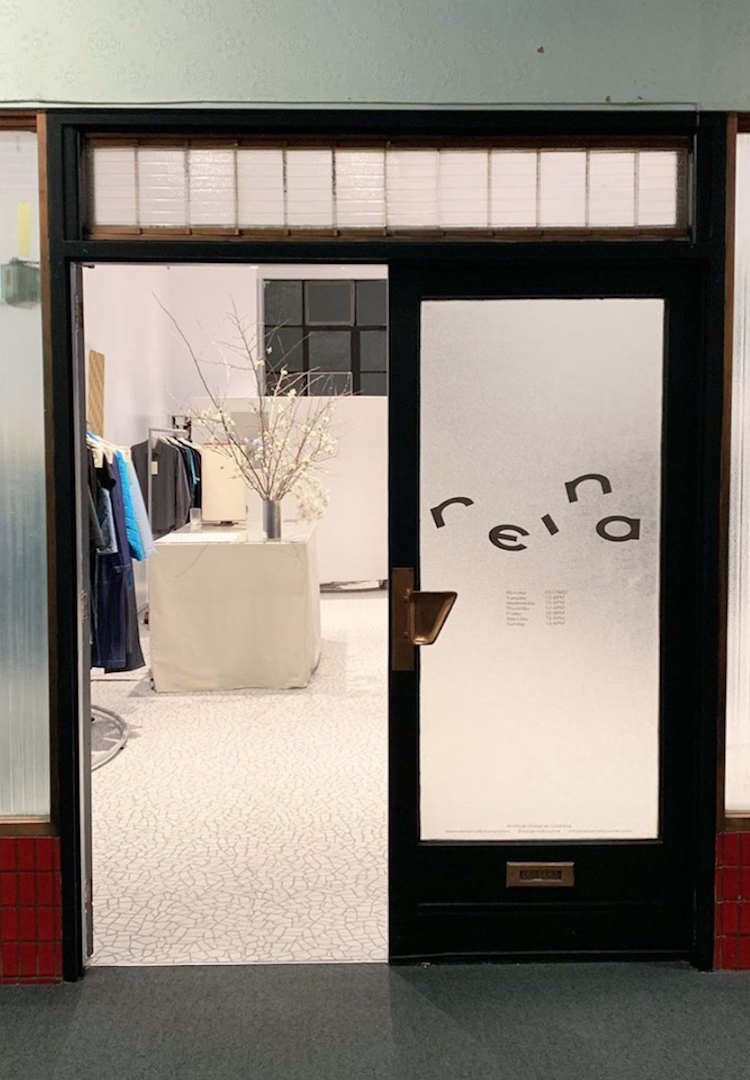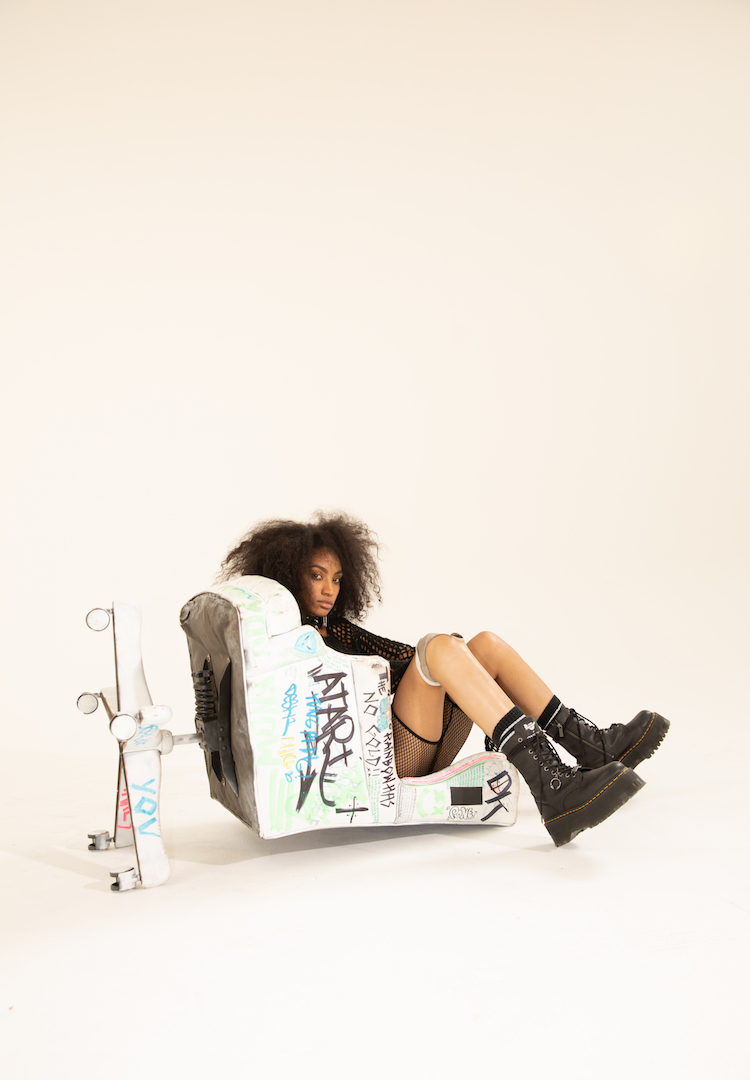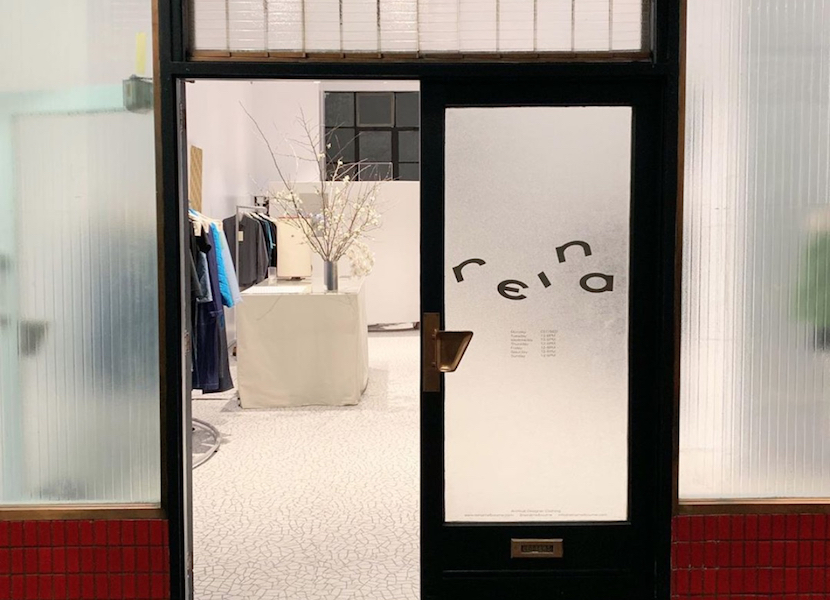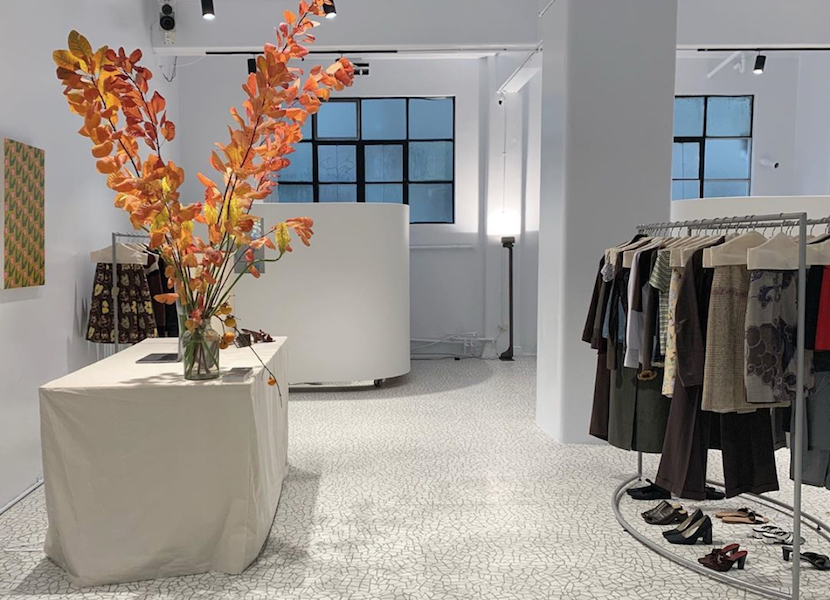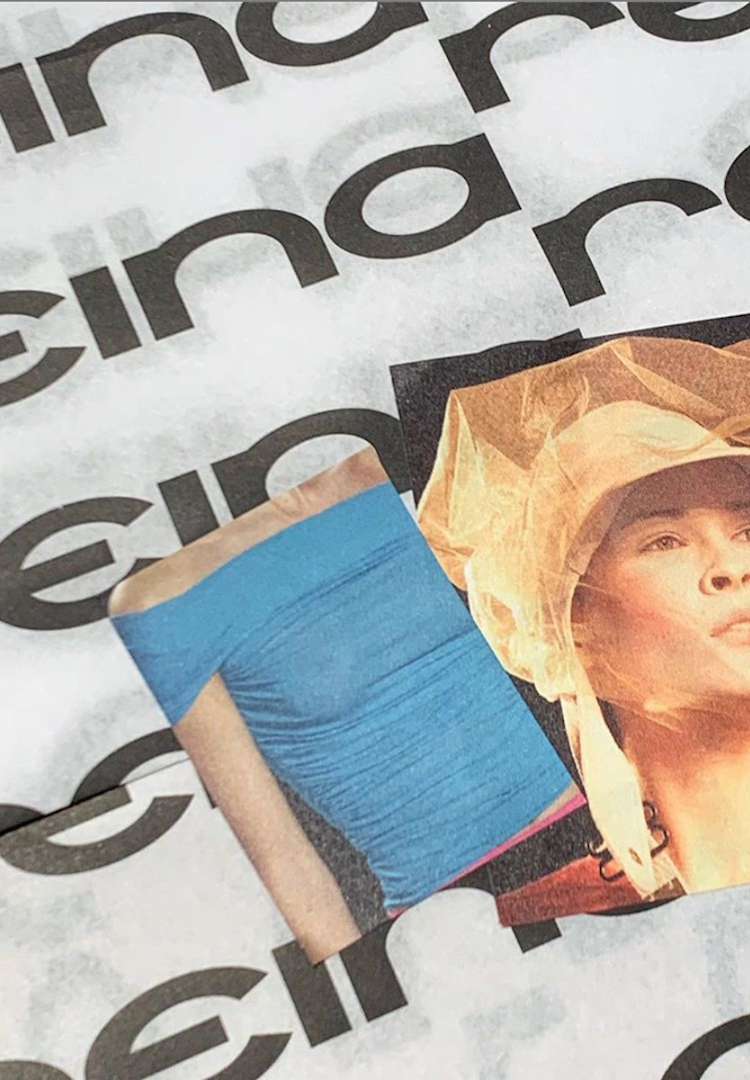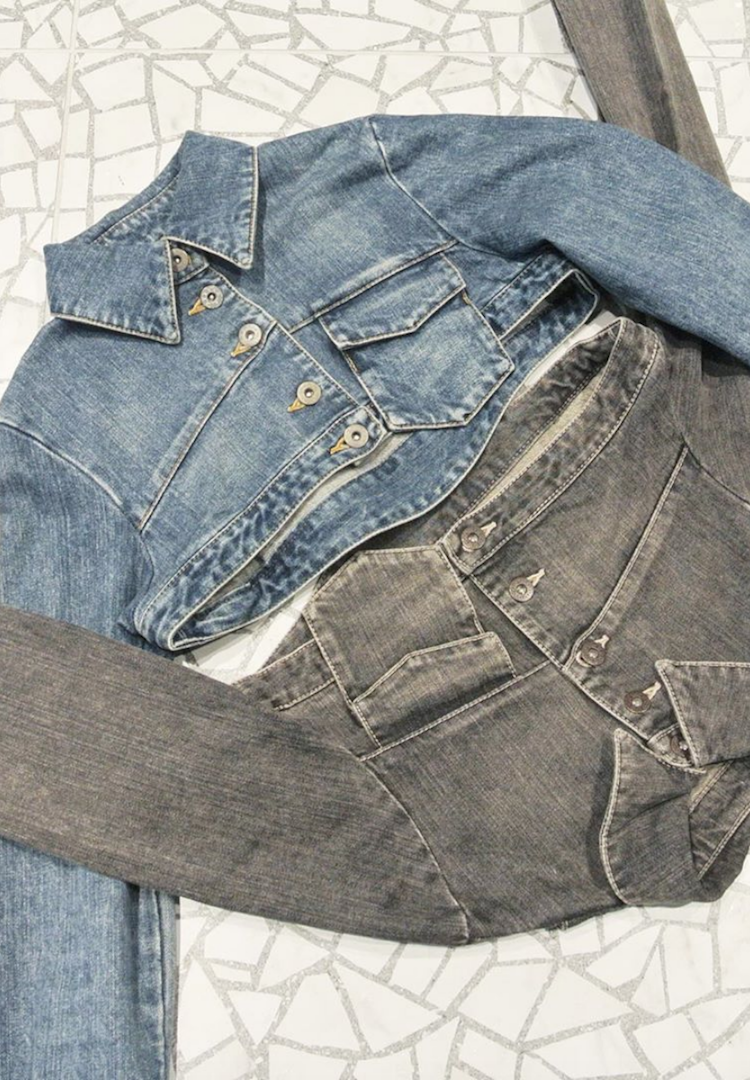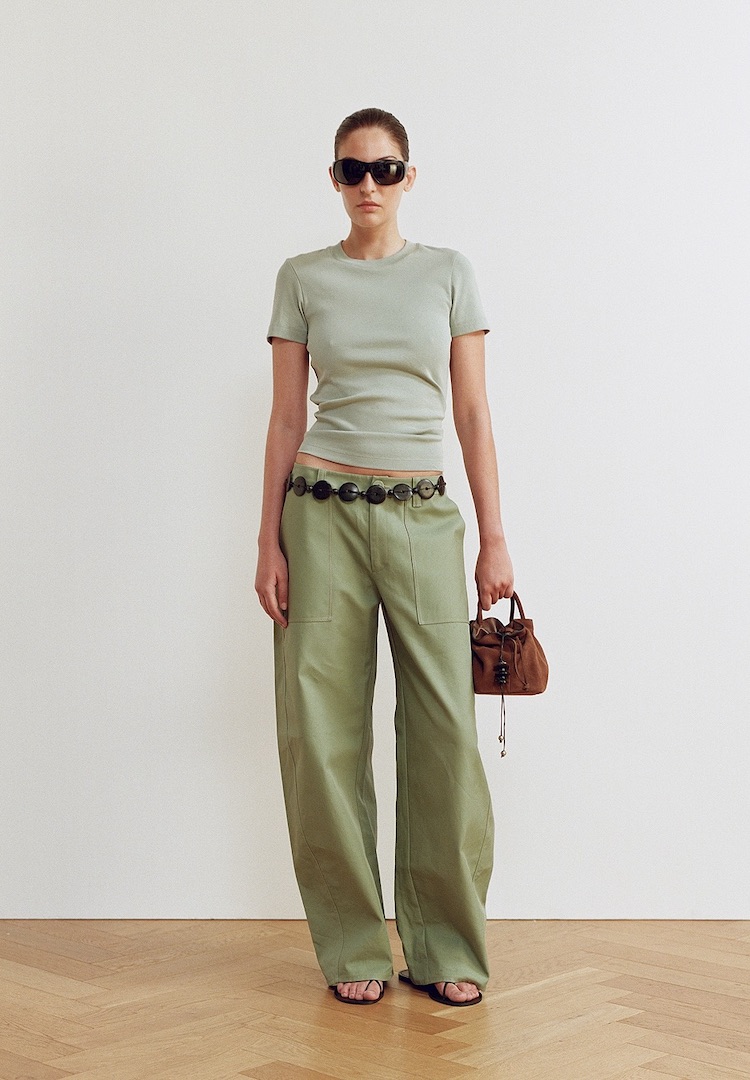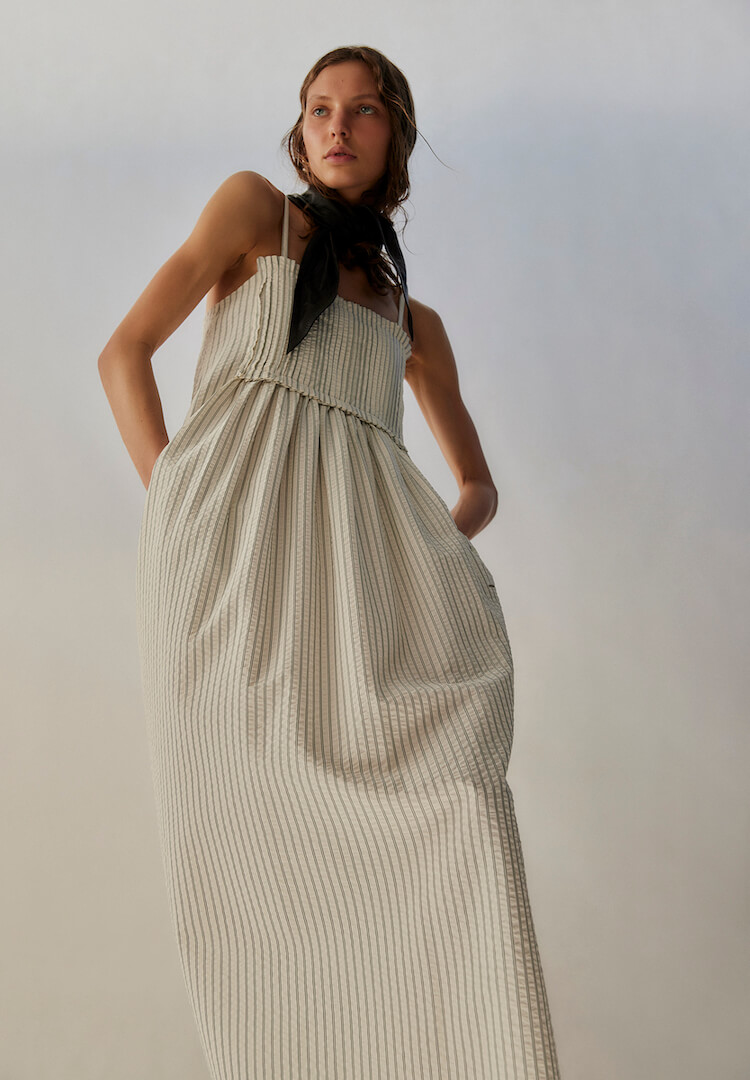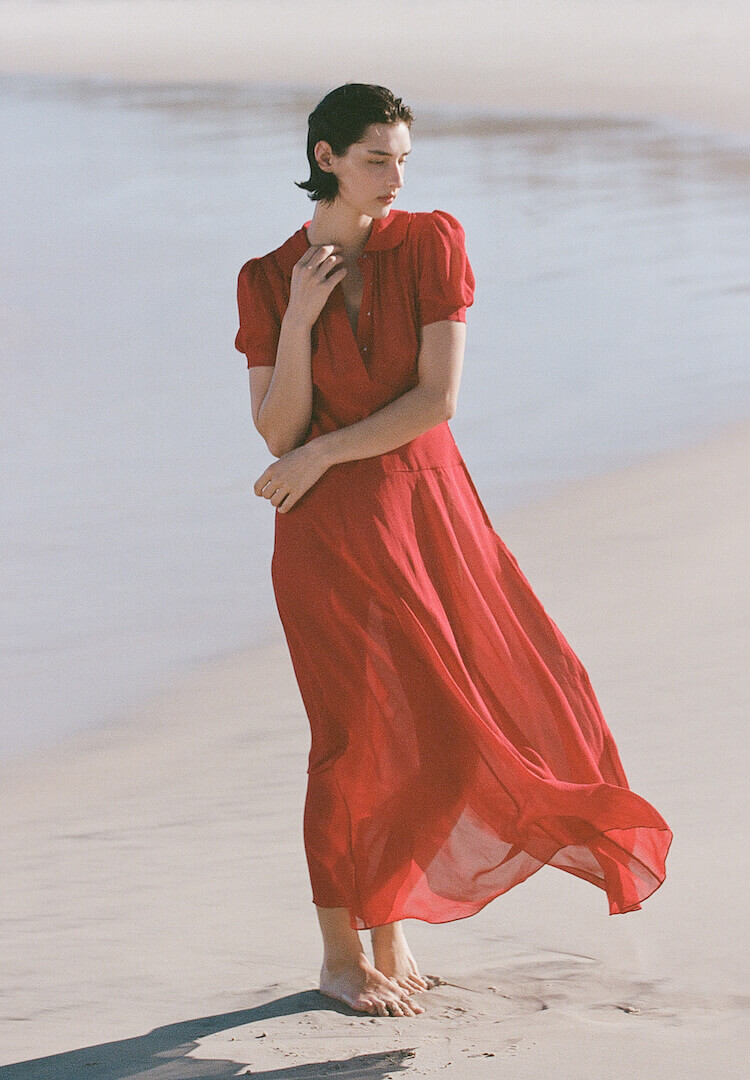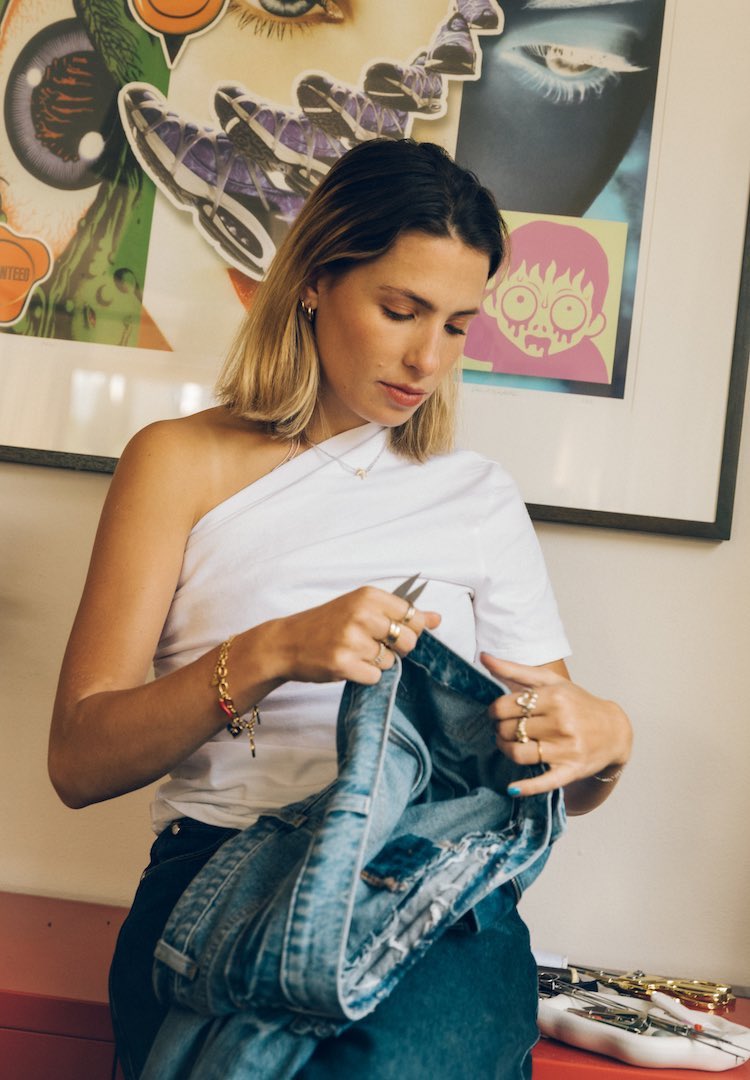Romy Theodore of Reina Melbourne on why vintage fashion is forever
Images via @ReinaMelbourne
Words by Christina Karras
Has the definition of the word changed?
Vintage pieces have long-held a cherished spot in the fashion industry.
Despite the industry’s revolving door of trends,#peaknostalgia is at an all-time high and retro designs keep infiltrating mainstream culture. Just look at the Rachel Green-inspired collection Ralph Lauren just released. It’s also the same reason why I hoard all my clothes, heaven forbid something comes back in vogue.
The ’90s just won’t die, but I’m not mad about it.
Reina Melbourne is a vintage shoppers’ paradise, a hidden gem in the CBD’s Nicholas Building. Opening its doors in May, it’s more than a few steps up from your local op-shop. Rather than cramped and cluttered racks, you’ll find an airy and minimalistic boutique filled with a carefully curated collection of archival fashion, complete with marble terrazzo-style tiling.
We asked owner and first-time businessperson, Romy Theodore (of Scanlan Theodore descent), about opening a vintage store in 2019.
Despite completing a degree in museum and curatorial studies at university, entering the fashion industry felt inevitable to Romy from a young age.
“Both my parents work in fashion design and have their own businesses, so dinner table conversations were always around fashion, design history, the business of fashion,” she explains. “Family holidays usually involved rifling through op-shops, visiting fabric fairs, or visiting factories and makers.”
Since opening, Reina has caught the public eye, and was tapped to showcase at one of Melbourne Fashion Week’s esteemed Town Hall runways in October of this year.
“I always wanted to start a business and create a curated space, it just happened that I decided this project would be retail. I unavoidably know so much about it,” she laughs.
Featuring everything from Gucci bikinis to Miu Miu coats and Prada bags, Reina’s offering reflects her curatorial eye. Her sense of exhibition and history has influenced her ability to collect rare and fun pieces from fashion’s archives. Romy lists Tom Ford’s designs for YSL as one of her favourites, as well as garments from UK label Christopher Nemeth. Among these names you’ll also find a range of vintage McQueen, Dior, Céline, Louis Vuitton, Emilio Pucci, Bottega Veneta and more.
In terms of the logistics, Romy curates her collection in a way that’s personal and sustainable, often sourcing items from within her own social network in Melbourne.
“This way I can actually see the pieces and condition in person,” she explains. “Plus, it’s better for the environment than sourcing online with freight miles.”
She touches on something that’s an interesting layer to vintage fashion – the ways in which it’s surprisingly sustainable. At its crux, it involves practices of recycling and re-wearing. She emphasises that when you shop vintage, you’re participating in an ethical cycle that gives old clothes a new lease on life, while also subverting counterfeit culture.
When it comes to high fashion brands, replicas are an issue, and it goes beyond the fake Gucci bag your friend brings home from their holiday in Bali. But for her business, Romy explains authentication isn’t actually too difficult.
“I don’t purchase brands, models, or goods that might’ve been popular enough to be widely copied. As the majority of my pieces are pre-2000s, copying wasn’t so common as brands were able to have tighter regulations and more control before production went off-shore, and before the Internet was able to send designs around the world.”
Her industry knowledge combined with the relationships to her sources means she can often trust (and trace) the lineage of an item.
“Usually, the person will lovingly recall the provenance of a piece as they hand it over saying, ‘I bought this during my first overseas holiday in Italy!’” she says. It’s a comment that illustrates the sentimentalism wardrobes can harbour.
Romy’s knowledge of fashion history is crucial to her work, and helps her in determining the kinds of pieces that have longevity. She suggests the ’90s are still so influential because that era marked such a shift in the tradition of design.
“Established design houses embraced youth, with young designers taking the reigns at some of the major luxury brands. Tom Ford at Gucci and YSL, John Galliano at Dior, Alexander McQueen at Givenchy, Marc Jacobs at Louis Vuitton, even Michael Kors at Celine.”
“To me, the ’90s and early 2000s can be identified by a sense of irony, and experimentalism. Design houses have always gone back to their archives and reinvented, but recently we’ve seen reinventions of designs from not that long ago, for example, The Dior Saddle Bag, or the Prada Bowling Bag.”
When it comes to vintage fashion today, it’s no longer necessary for the history to run so deeply – when trends often reference recent time periods like the ’00s, it radically reshapes what ‘vintage’ has always meant.
The byproducts of these moments in our fashion and pop-culture zeitgeist are the ones that keep standing the eternal test of time. Vintage fashion allows for clothes to outlive their owners, moving past their immediate time and place while still forever marking a piece of history.
Maybe that’s why it endures.

